site search
online catalog
A BEYOND RARE CS ARKANSAS FROCK COAT AND "BONNET DE POLICE"
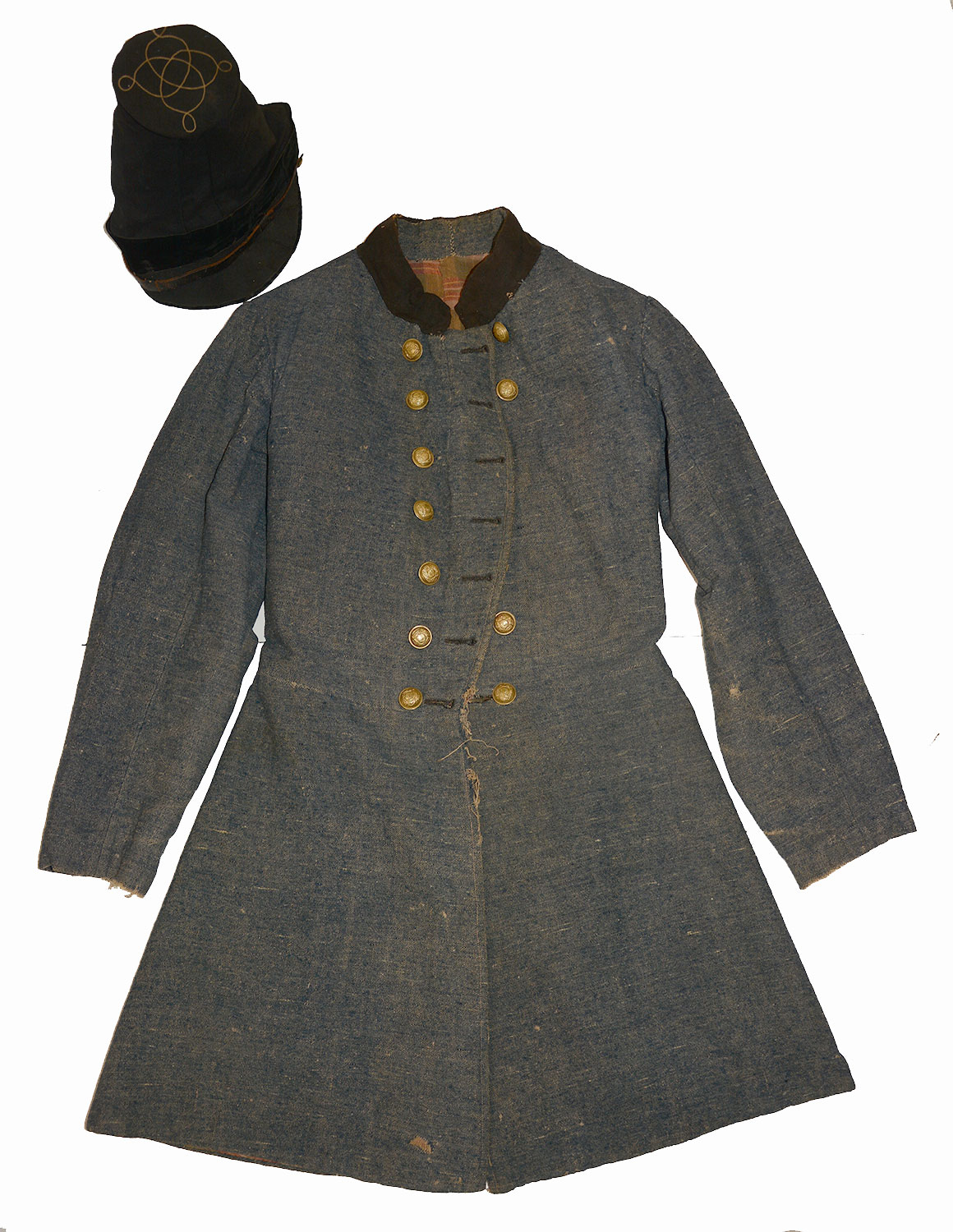
Hover to zoom

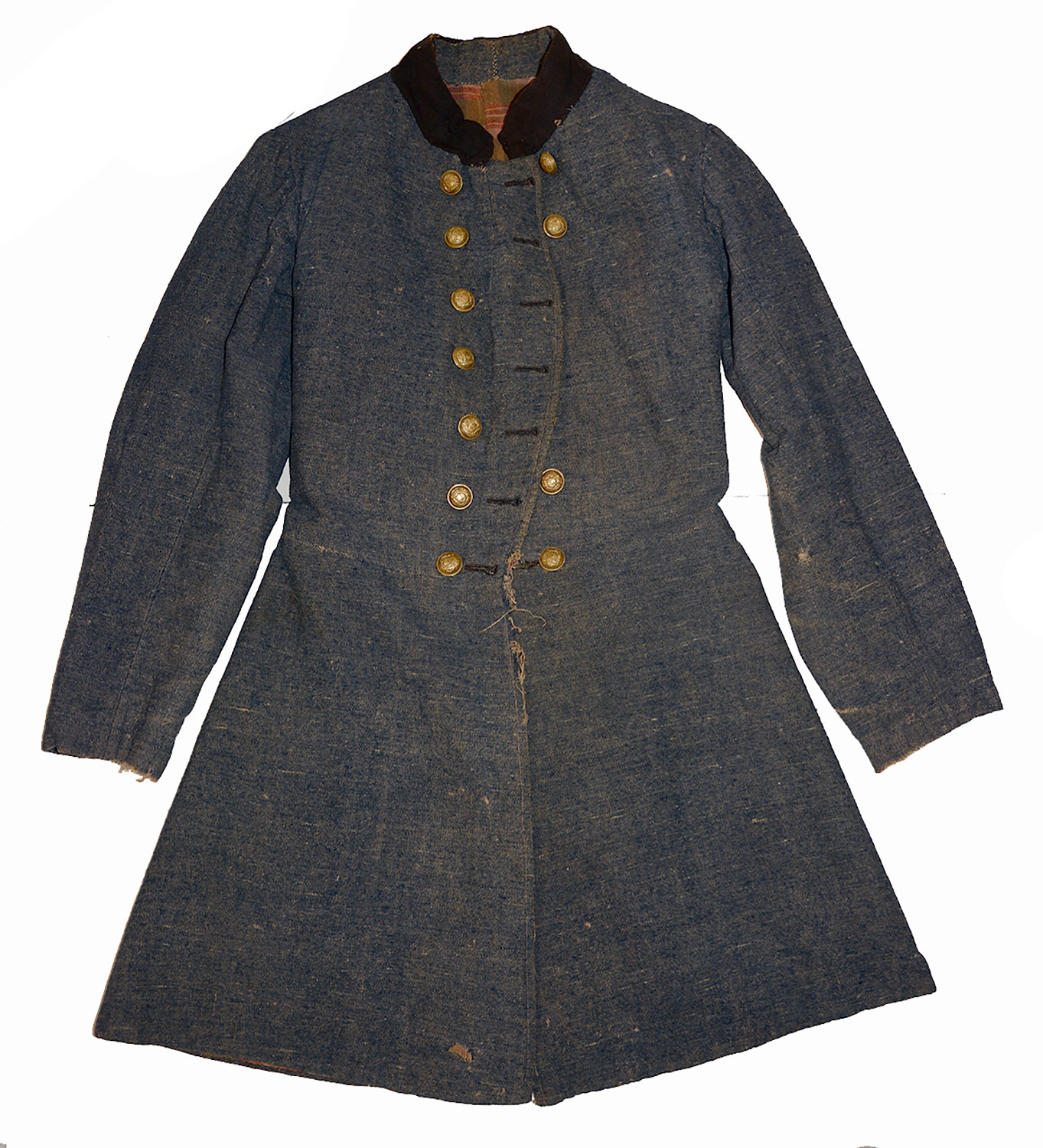
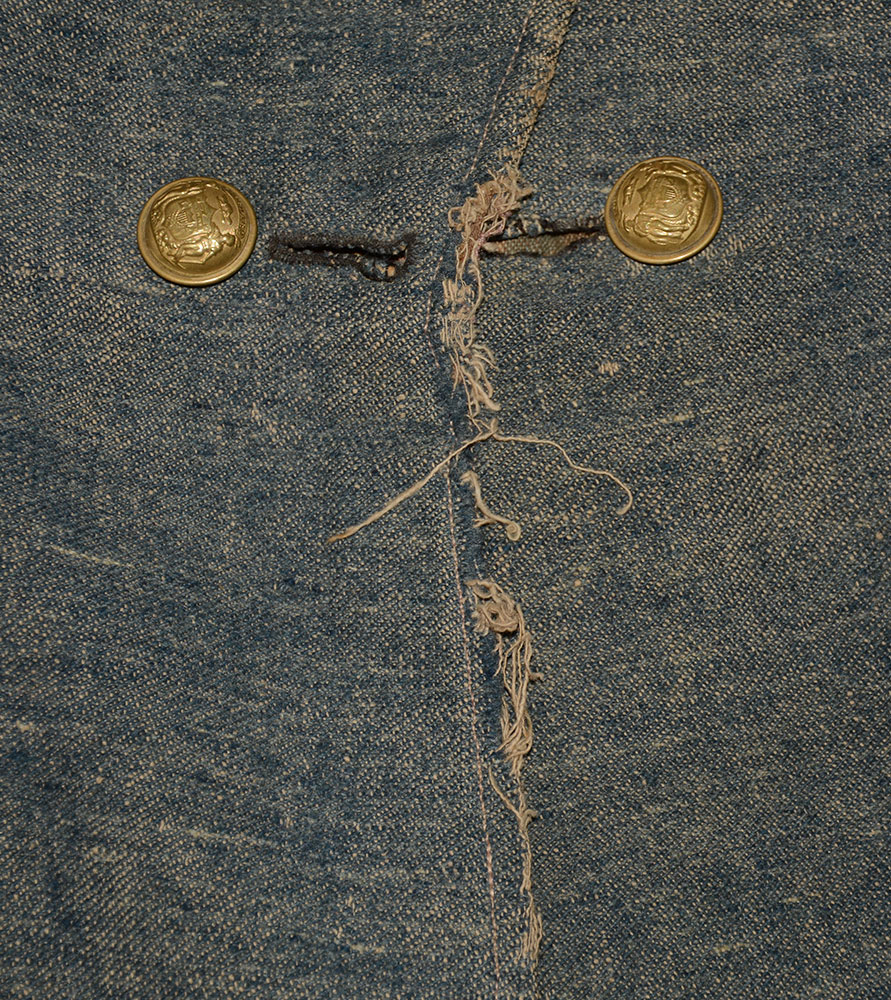
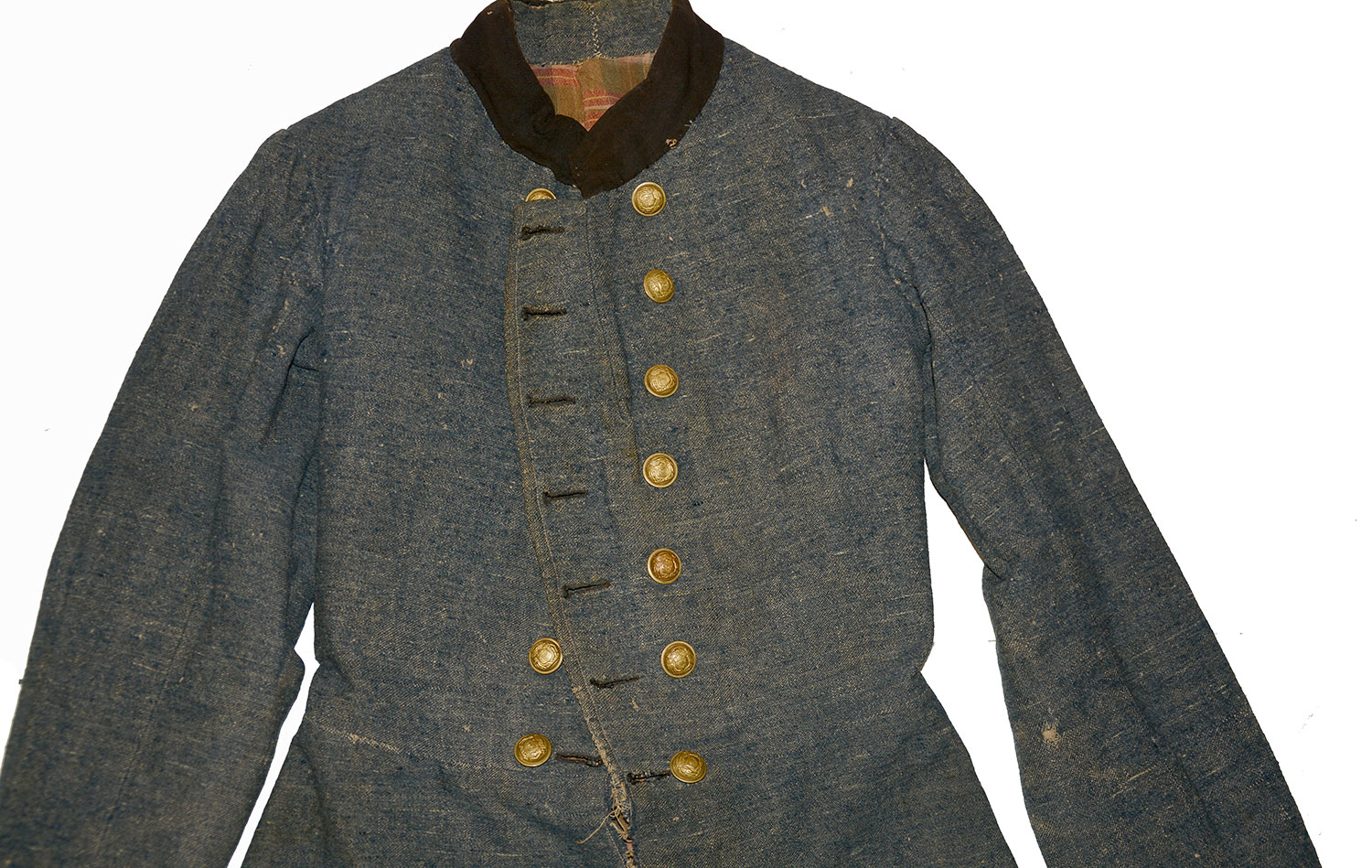
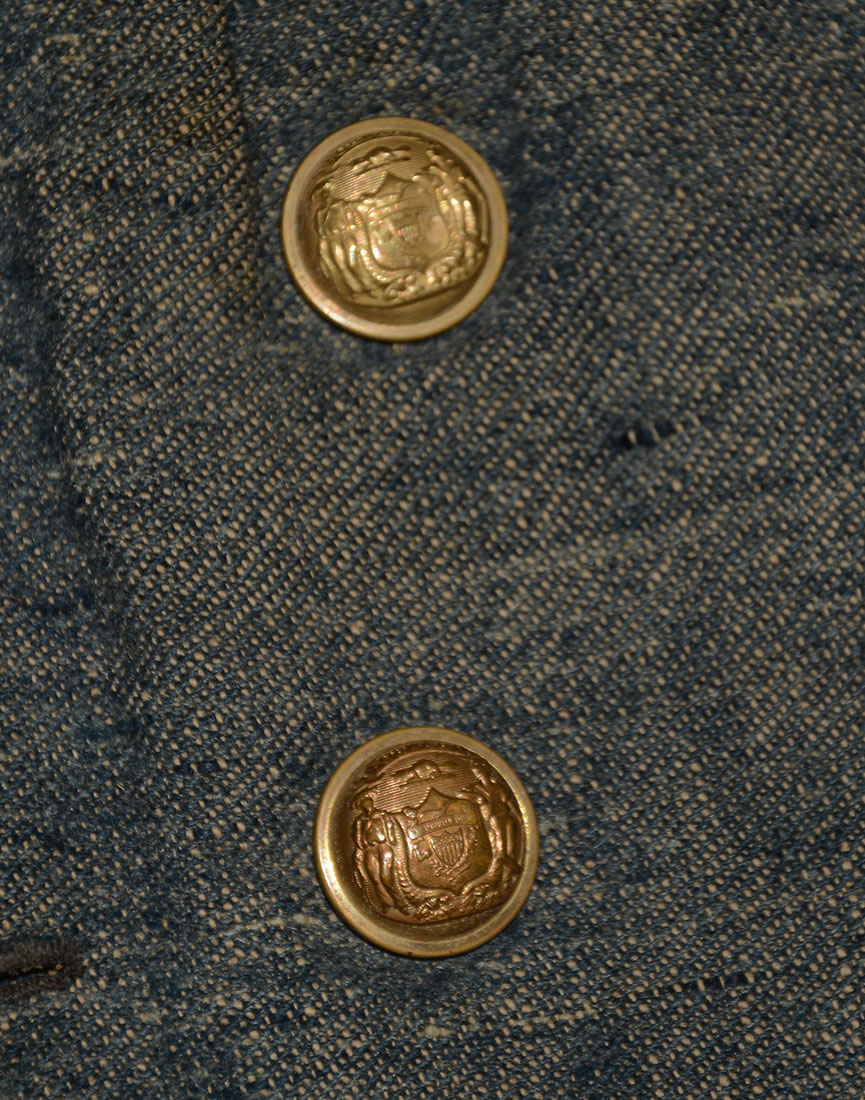
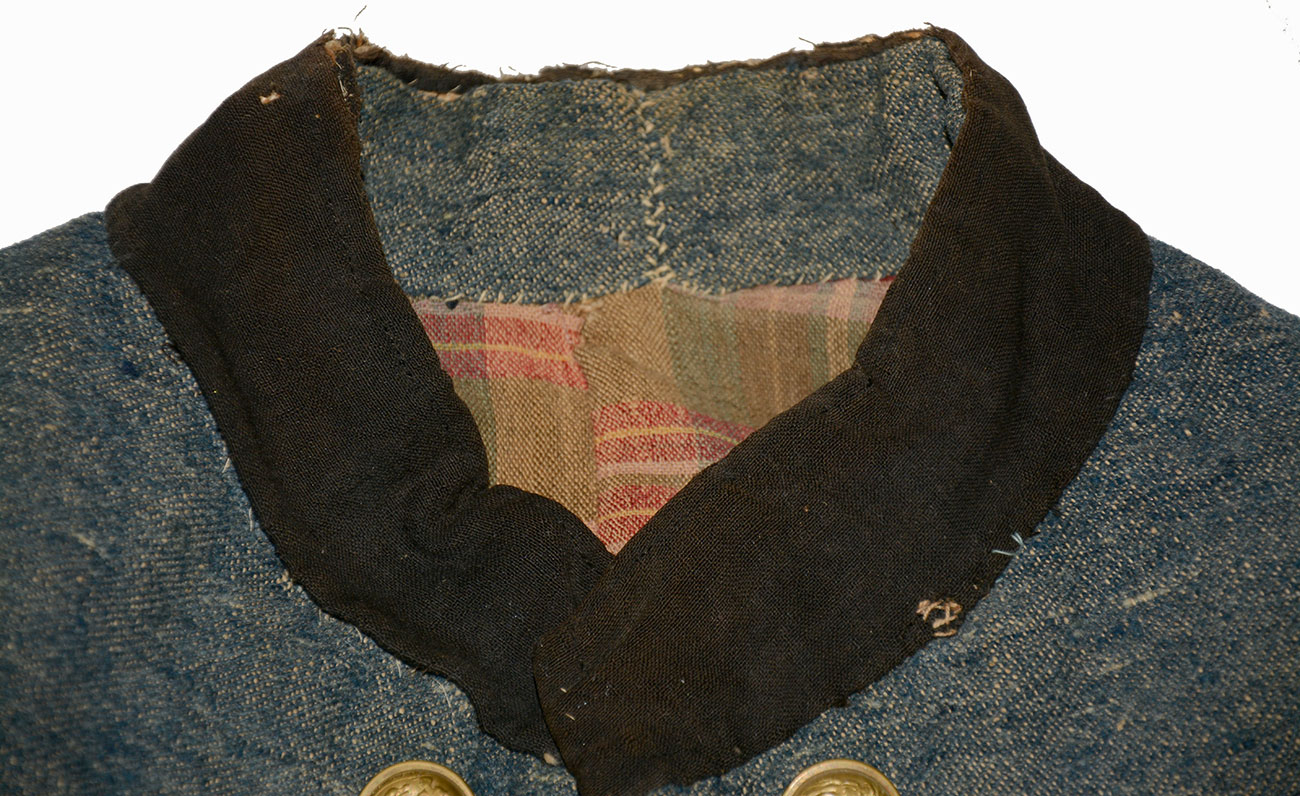
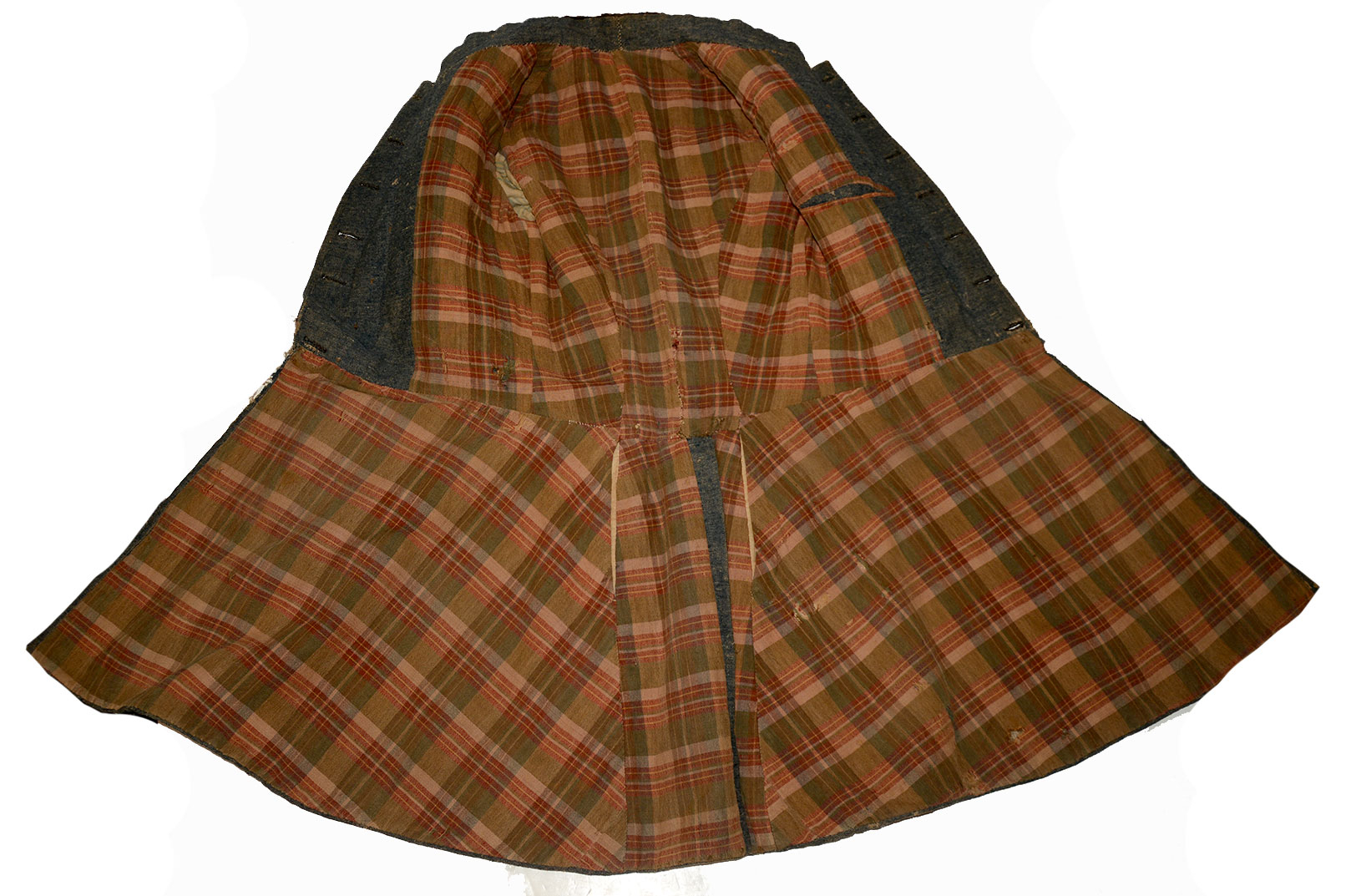
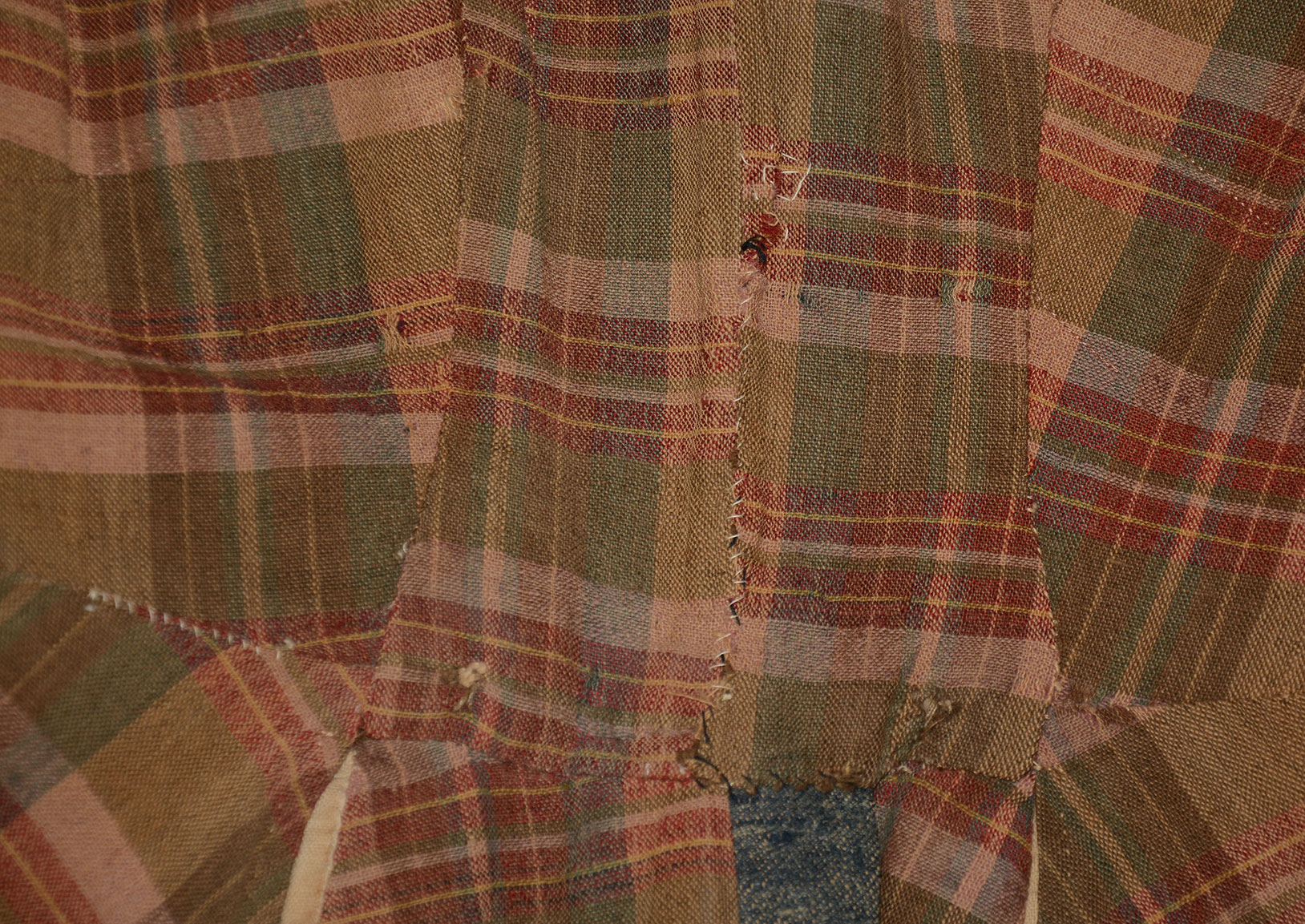
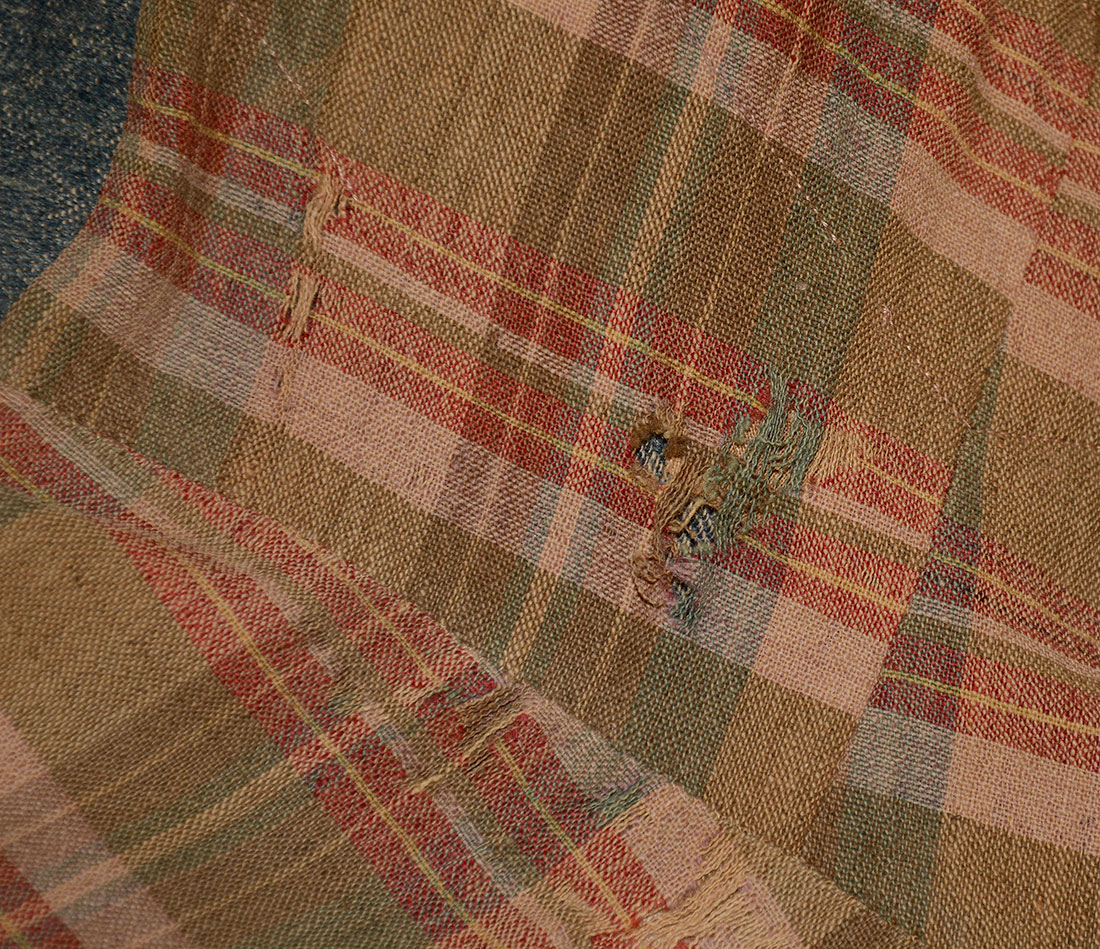
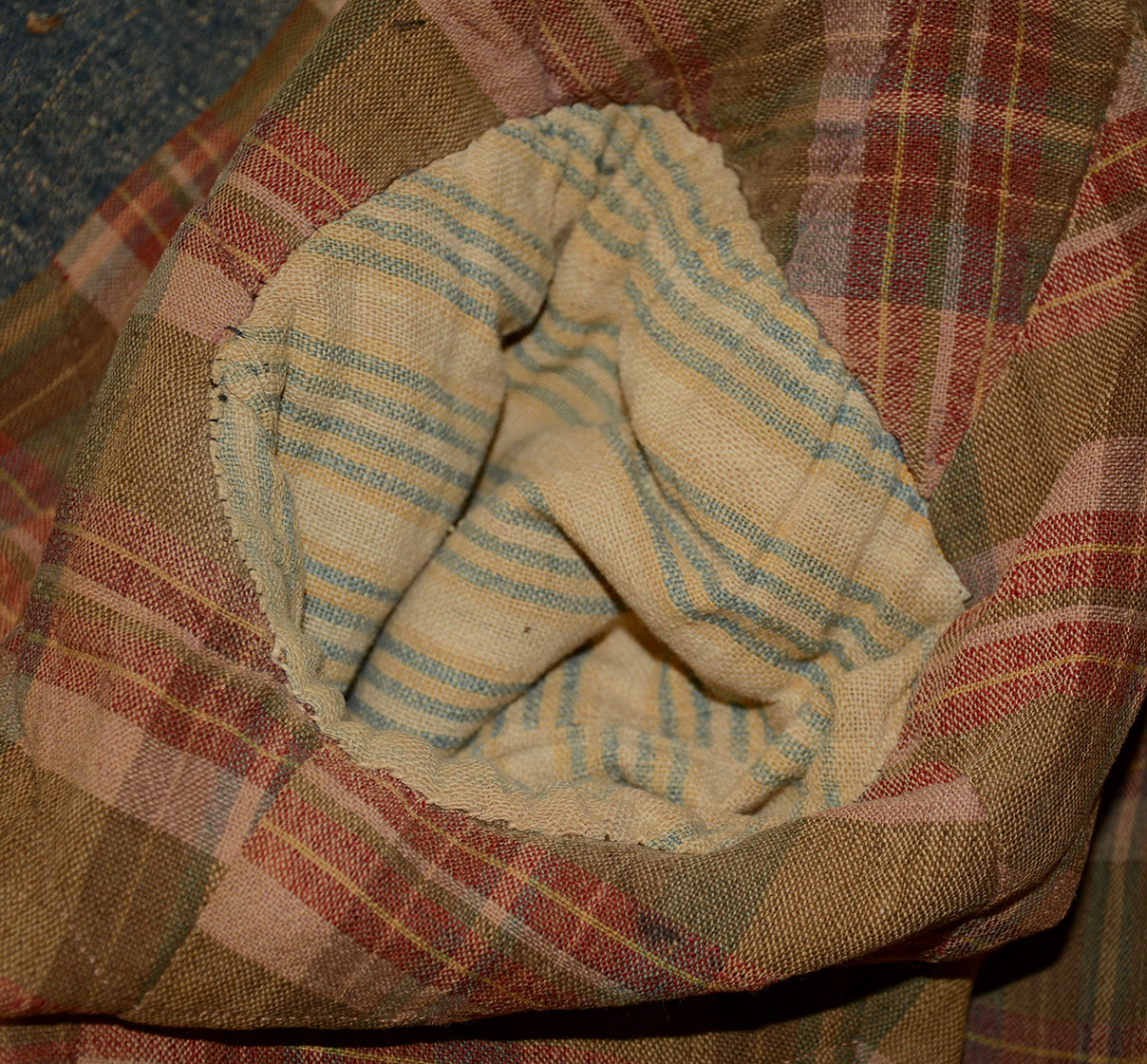
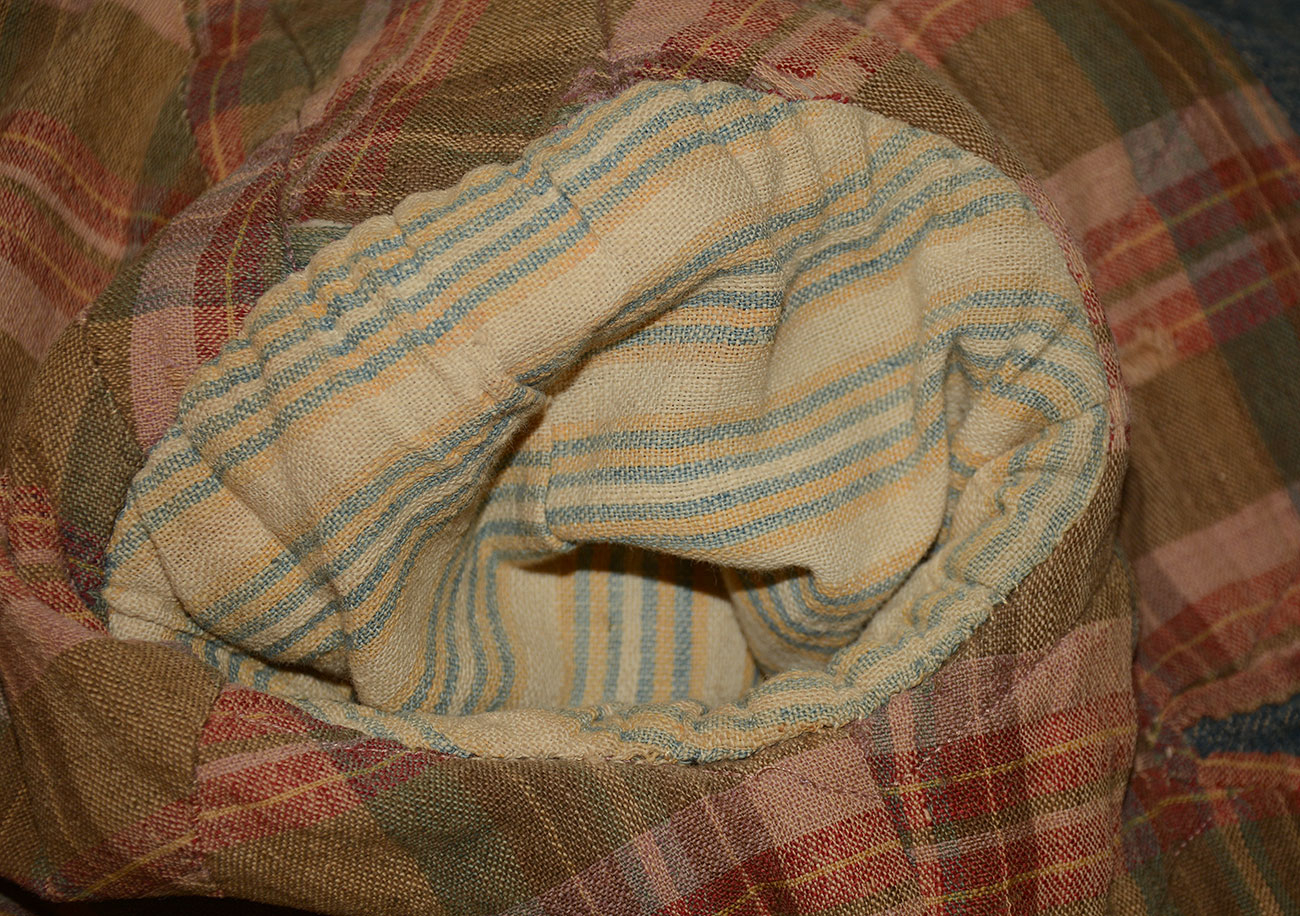
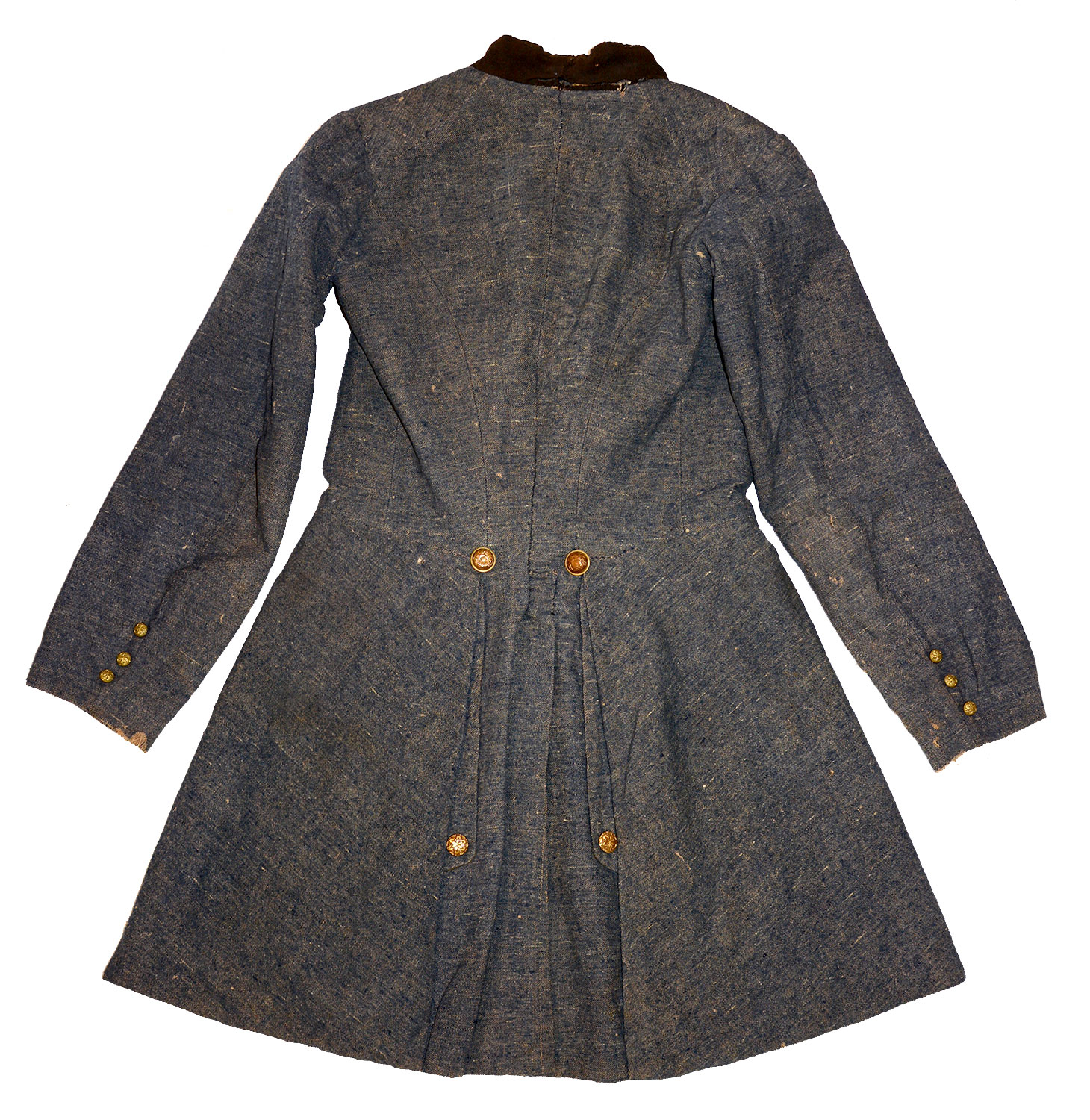
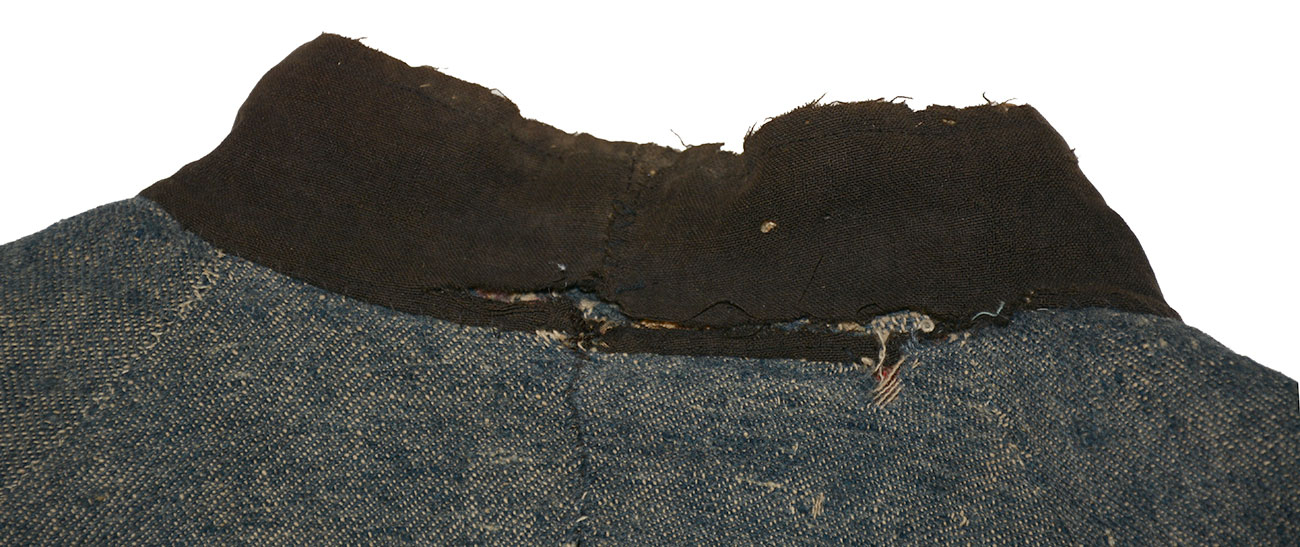
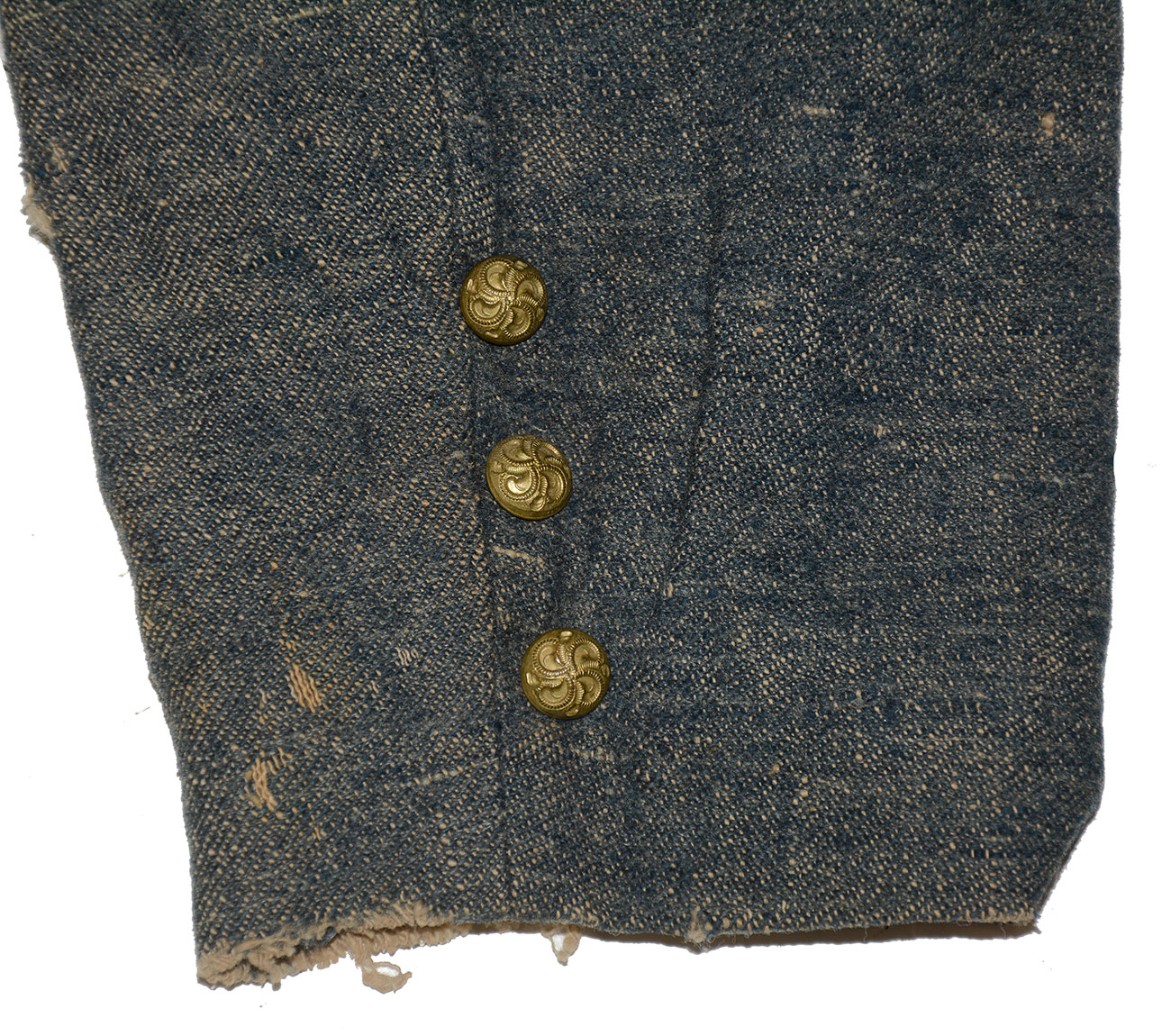
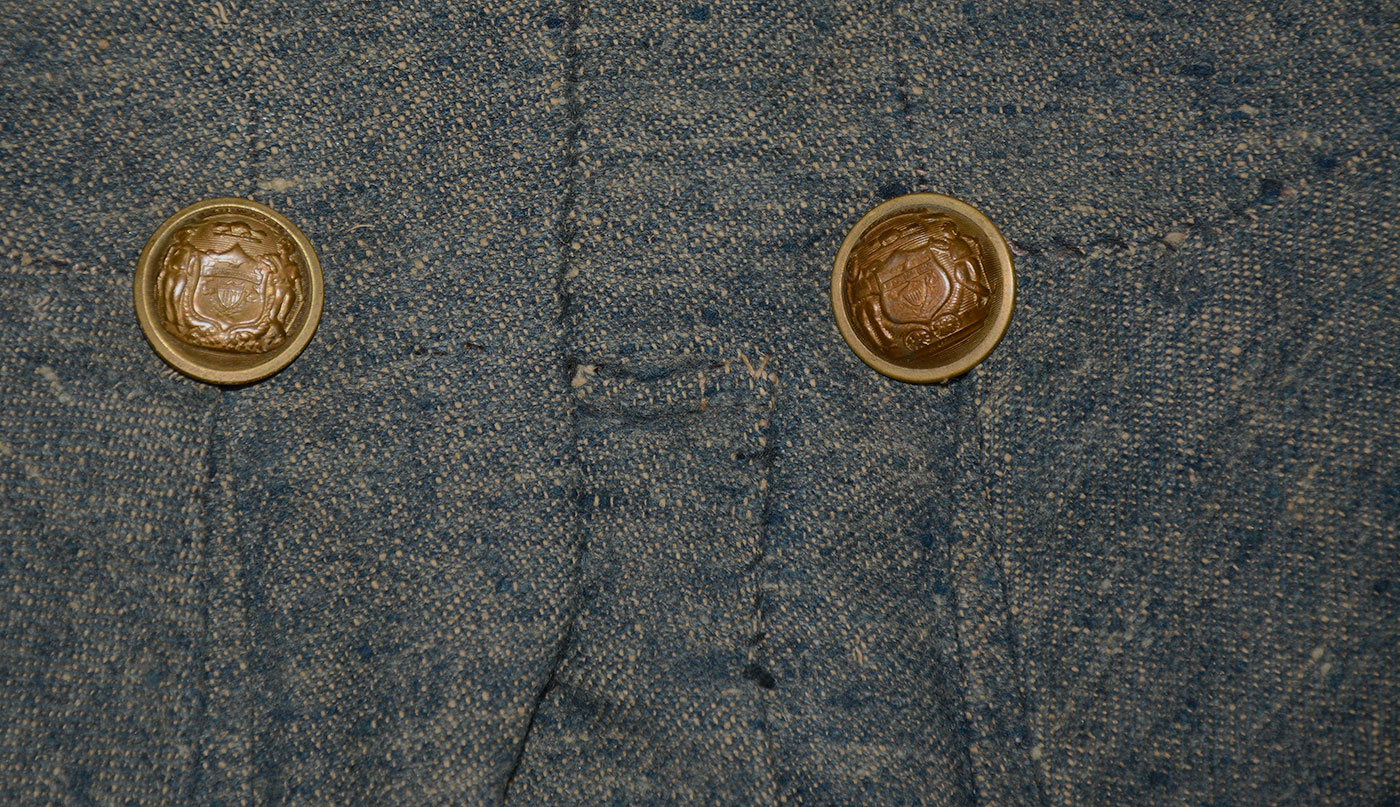
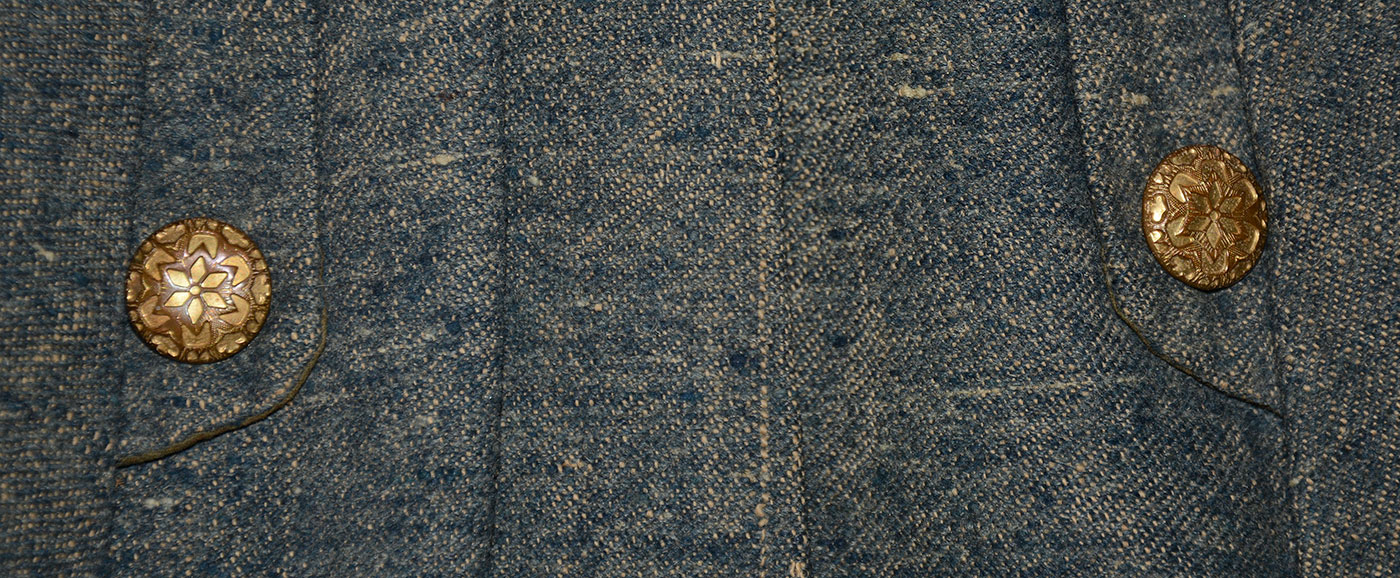
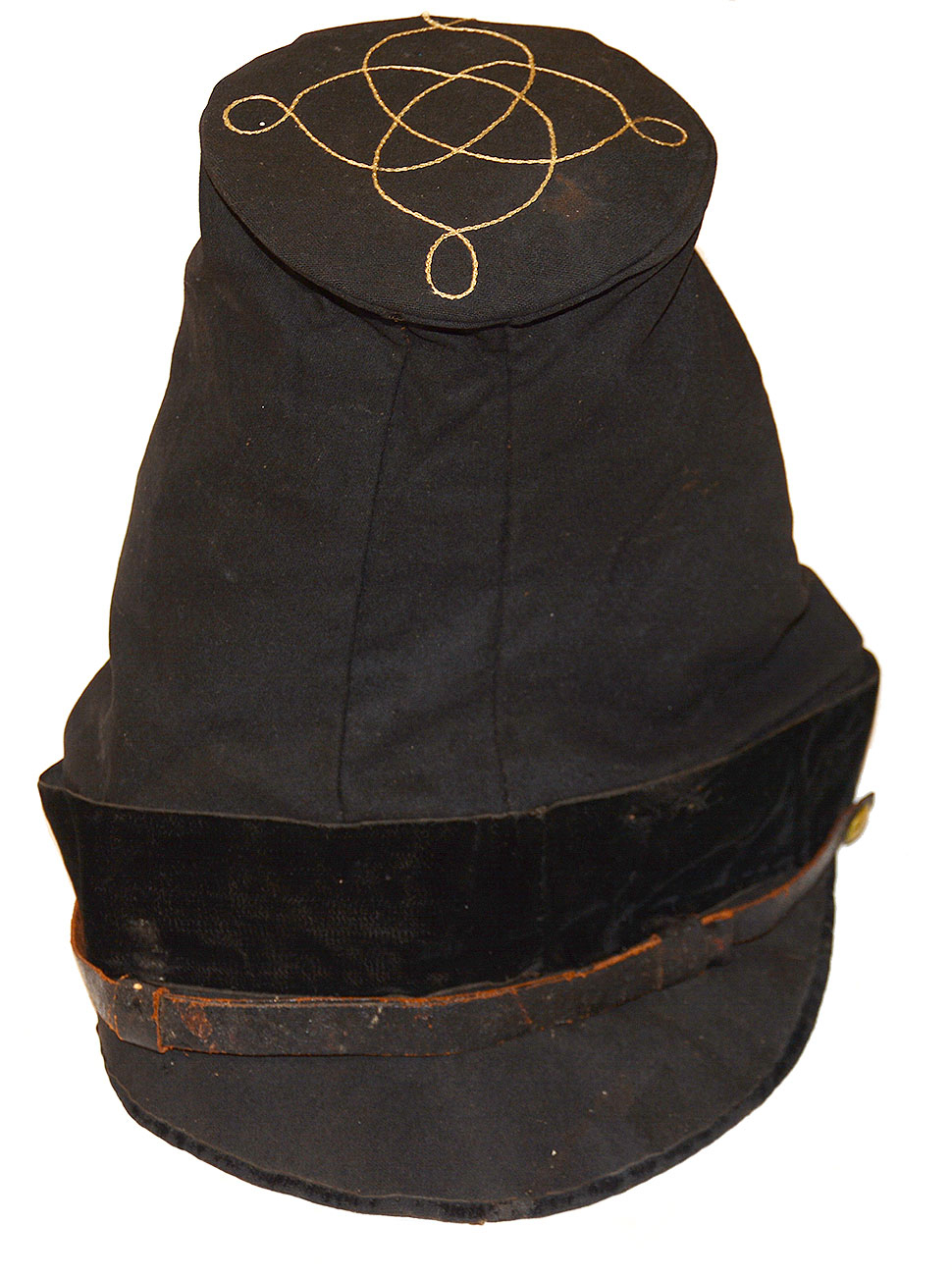
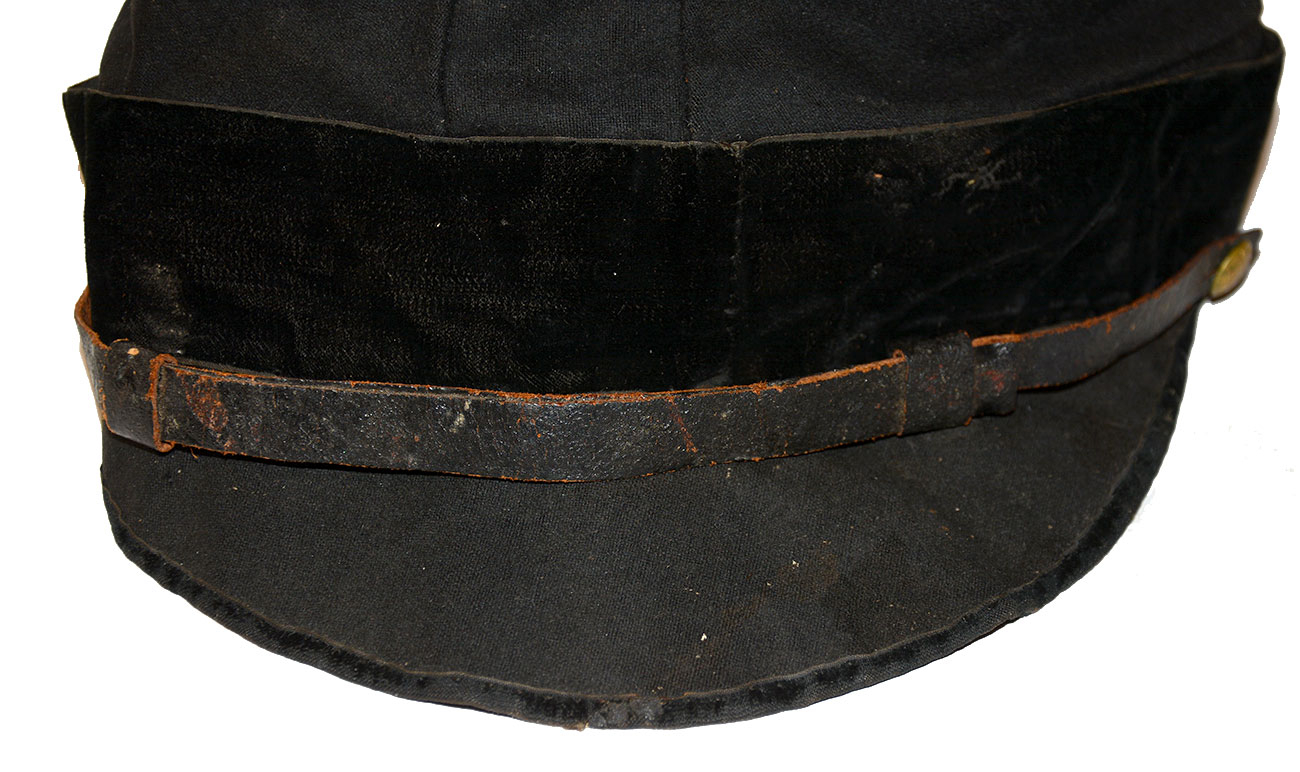
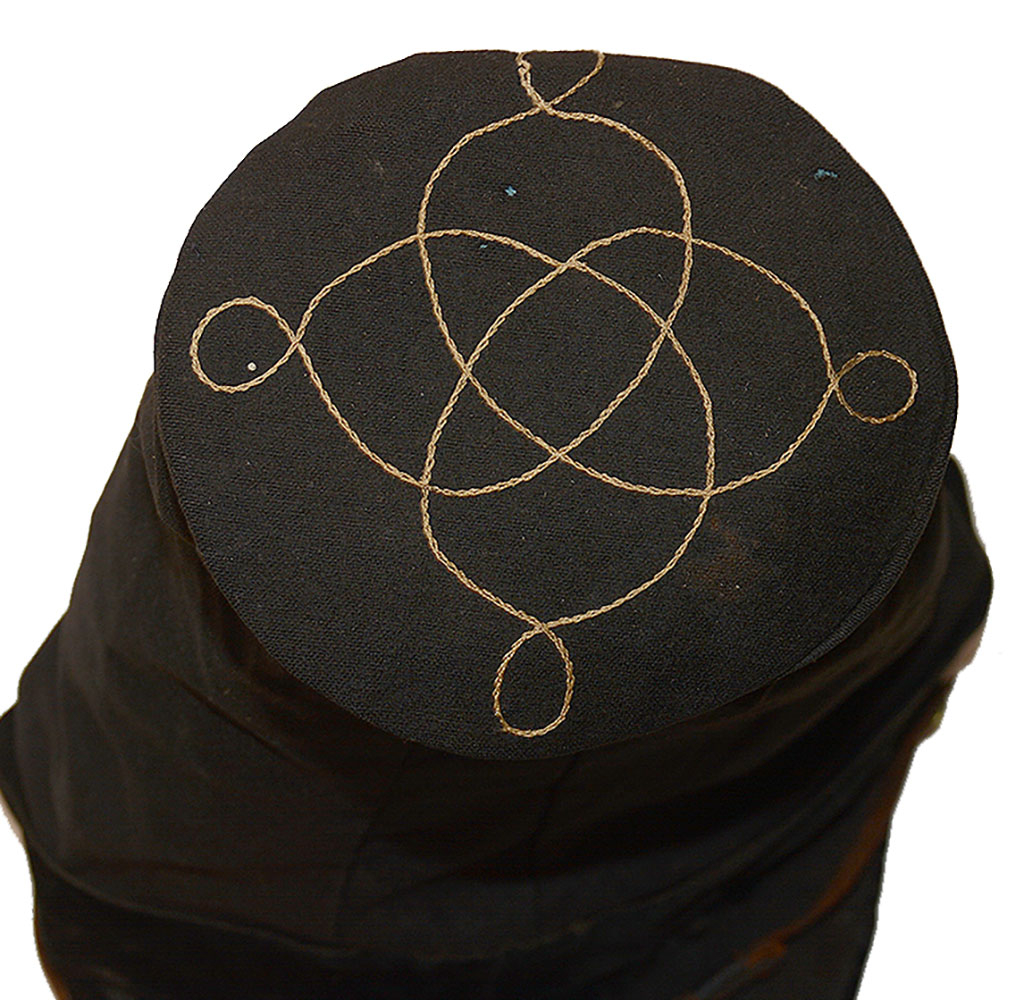
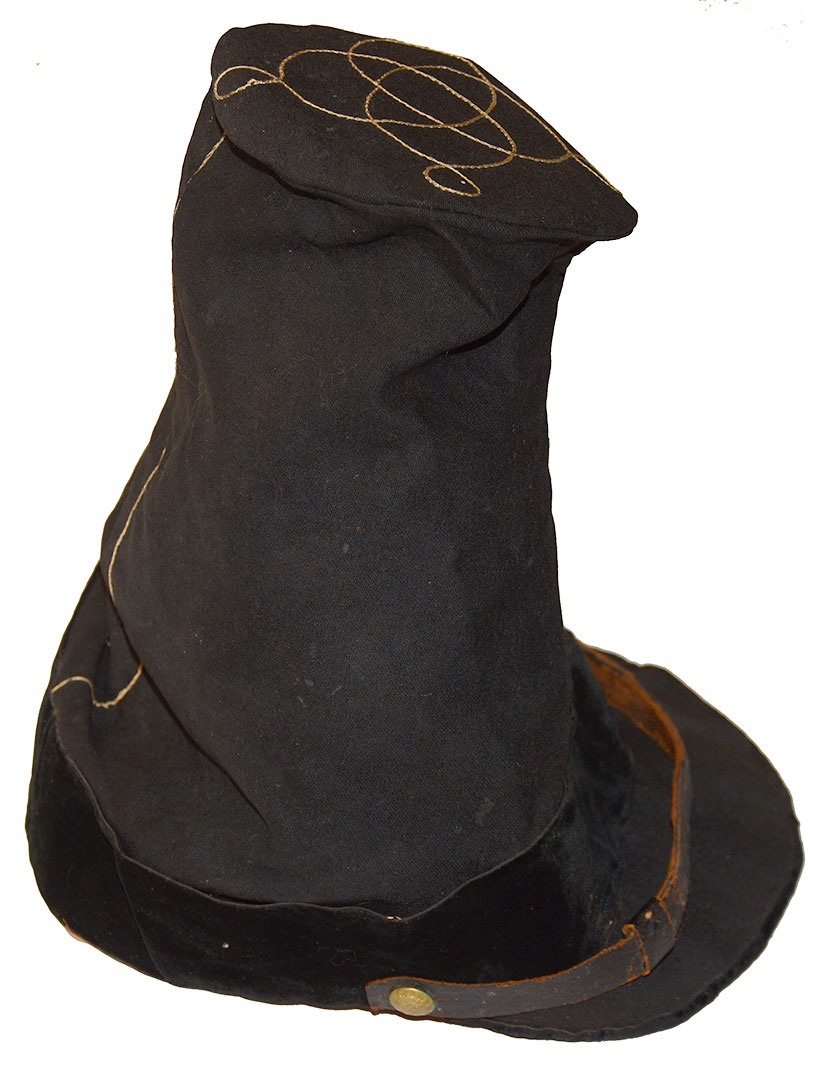
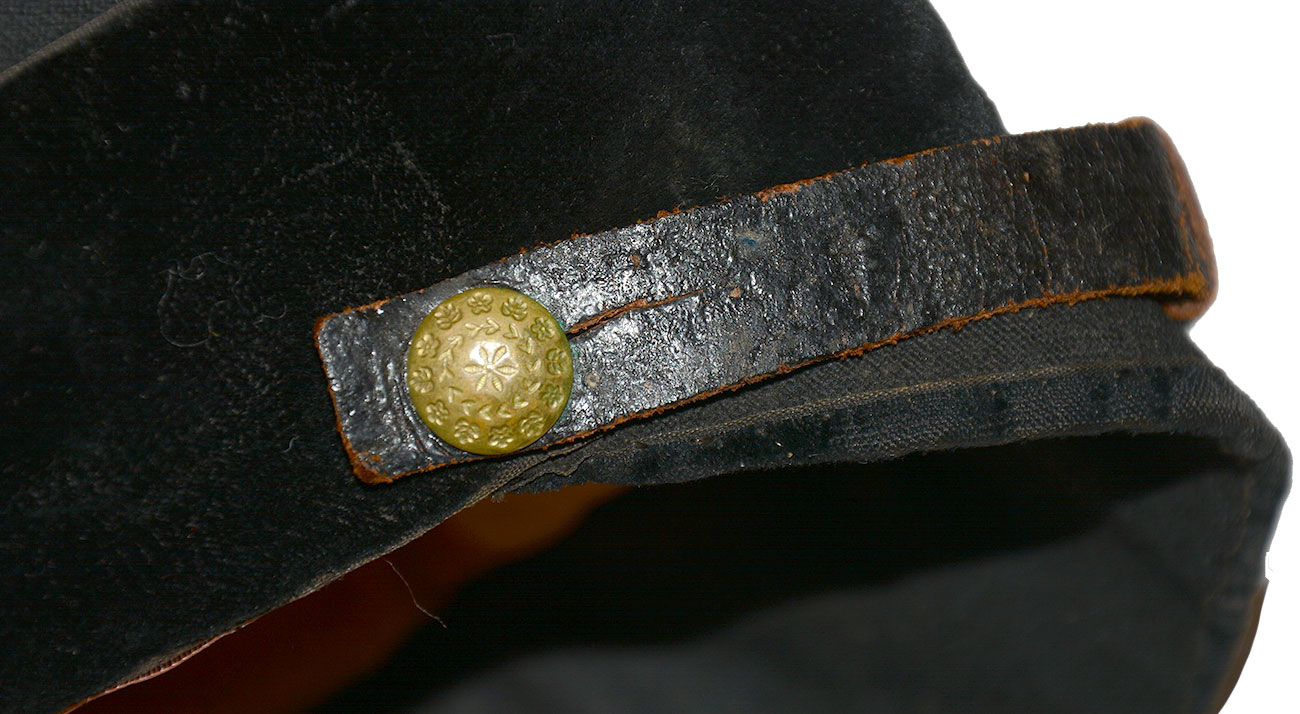
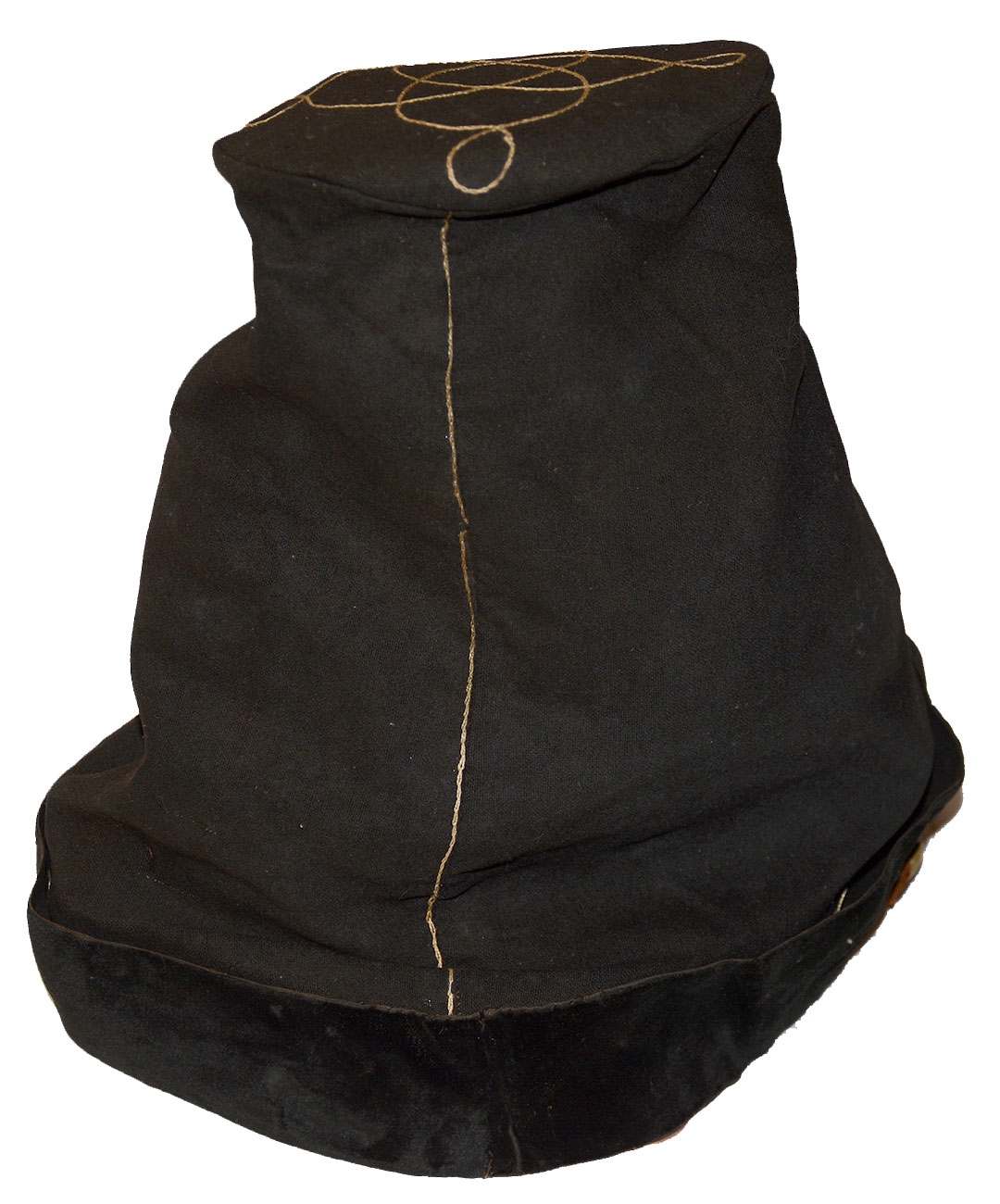
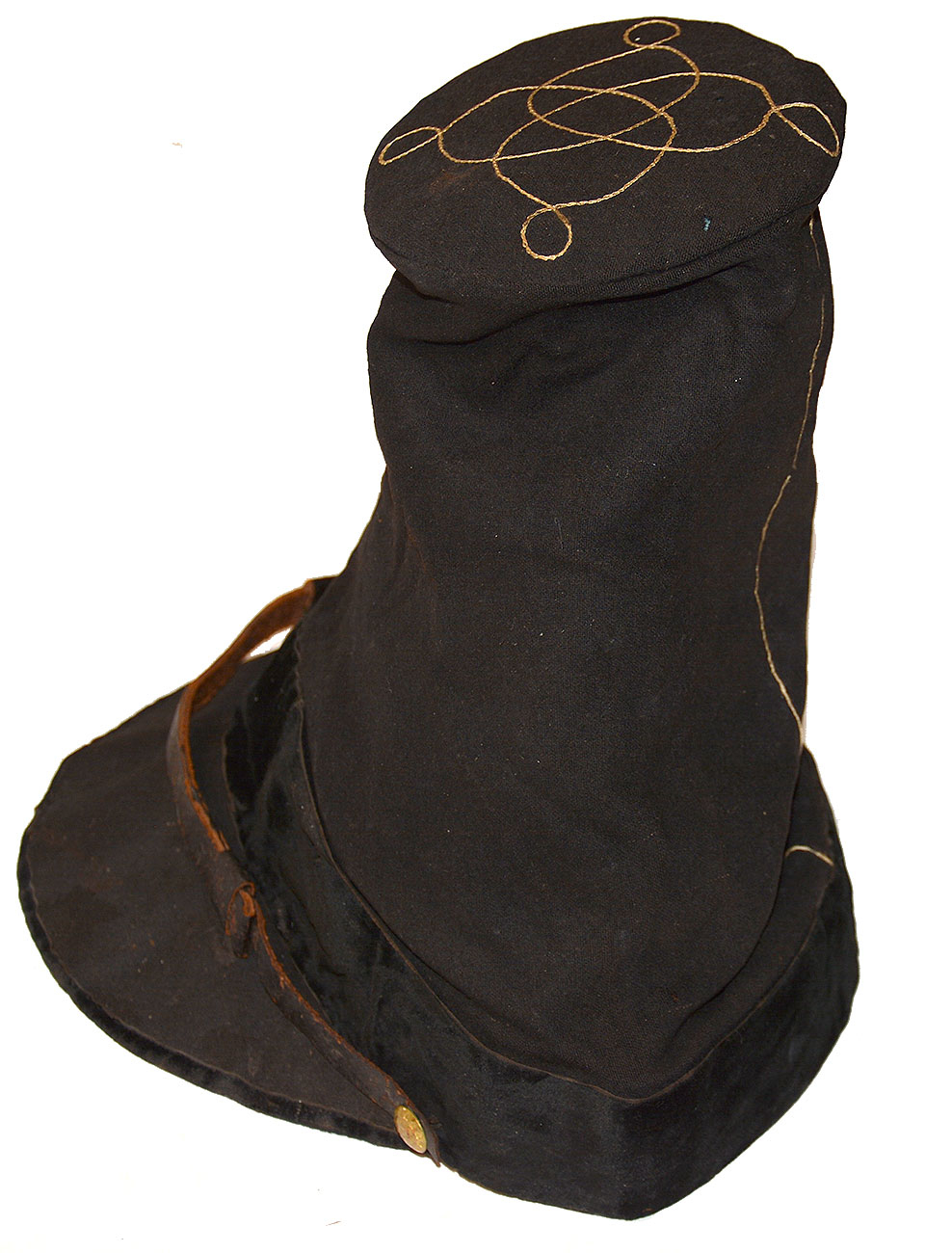
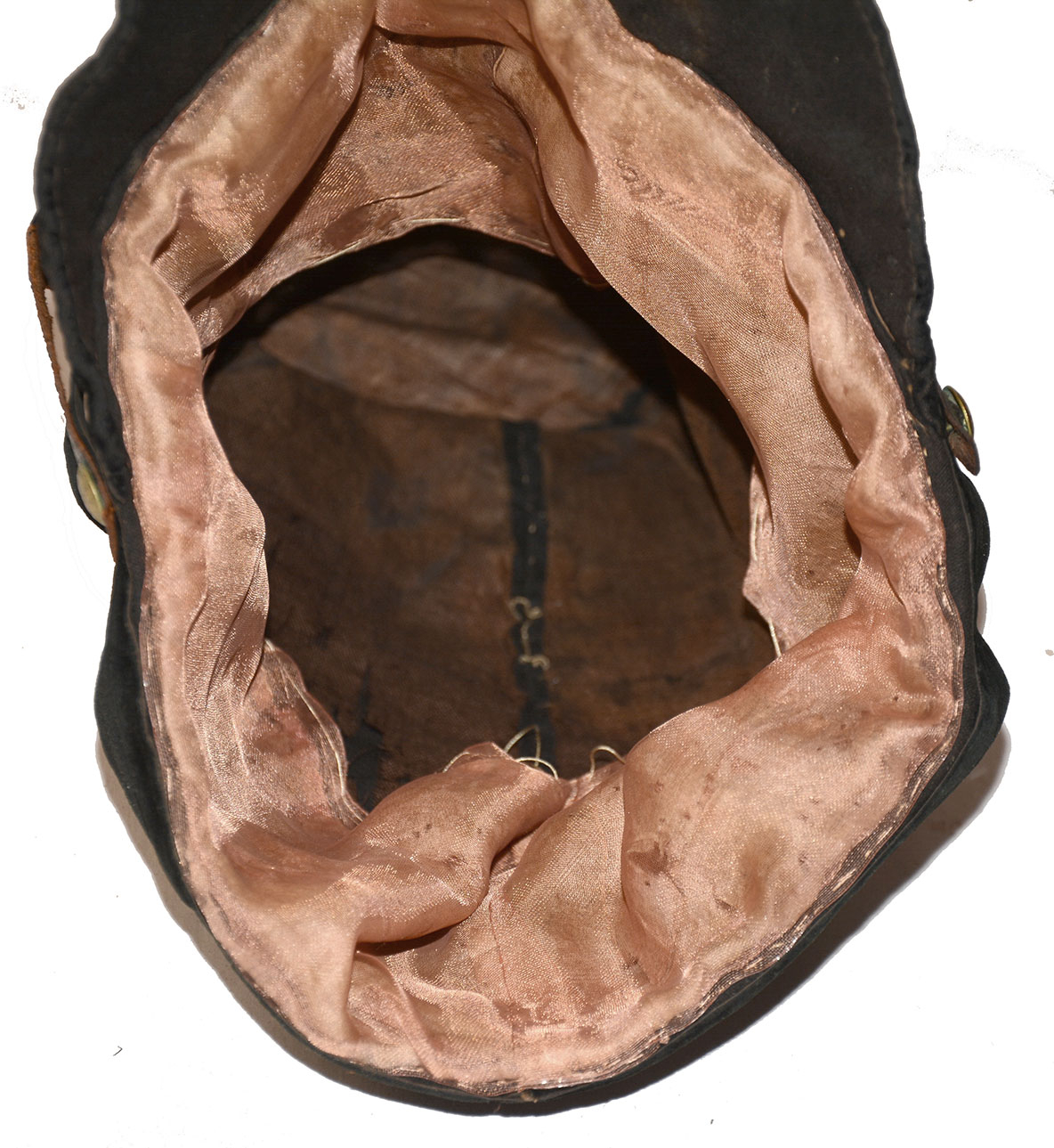
$55,000.00
Quantity Available: 1
Item Code: 1268-057
Shipping: Determined by Method & Location of buyer
To Order:
Call 717-334-0347,
Fax 717-334-5016, or E-mail
Mr. Ray Richey, owner of the Texas Civil War Museum, purchased this uniform coat and hat directly from an Arkansas estate in 2003. Twenty-six years prior to this it was acquired from the Beneux Plantation in Mulberry, Arkansas. Positive identification, favoring one soul is suggested, but two individuals, both brothers, must be considered. Our description will be in three parts: 1) The Beneux brothers' history and that of their regiments. 2) The frock coat. 3) The cap.
1) HISTORY: In May 1861 Horace and his brother Virgil Beneux enlisted in the Mulberry Blues—an Arkansas mounted militia company commanded by Capt. Bourland. This unit was disbanded after four months but were carried on the roster of De Rosey Carroll’s 1st Arkansas Cavalry. With the repulse of Lyon’s army and the threat to Arkansas diminished, these militiamen "stood down".
In February of 1862, both Horace and Virgil joined Co. B, 7th Arkansas Militia under the command of Capt. Bourland which existed from 22 February to 19 March 1862. Horace served as the 1st Sergeant in the 7th and Virgil we assume remained a private but this we cannot substantiate, and he too may have made the non-commissioned rank. The confirmed sergeant rank of Horace has significance going forward, please bear this in mind.
In March 1862, Arkansas called for 30 new infantry companies and 20 new cavalry companies. It was at this that most of his men in the 7th Arkansas Militia were enrolled in Co. I of the 34th Arkansas Infantry. Virgil was then made the 2nd Lieutenant of his company with the formation of this new regiment, and he was promoted soon to 1st lieutenant. Horace got a brevet to Jr. 2nd lieutenant. The regiment was officially mustered at Prairie Grove on September 1, 1862.The brothers Beneux would participate in the Battle of Prairie Grove, the Helena Campaign, and the Fall of Little Rock. After these campaigns Horace and Virgil took leave to go home. Unbelievably both brothers were mortally wounded by bushwhackers on 4th of December 1863 while standing on the front porch of their parent’s home. Virgil died on the 23rd of December and Horace died on the 30th of that same month.
2) THE FROCK COAT: It is our belief that this double-breasted frock coat was created originally for a sergeant and then re-purposed as an officer's frock. If so, it is far rarer than an officer's frock. According to Confederate regulations of 1861 this was the most common coat, worn by regular soldiers and non-commissioned officers The design was the officially sanctioned Confederate enlisted tunic, but due to its expense in time and materials to manufacture, the CS and state Quartermaster Departments replaced it with the single-breasted short jacket. Nonetheless, the regulation remained in effect, technically allowing any enlisted soldier to don the garment if he chose and if he could acquire it. Surprisingly, some enlisted men wore the double-breasted tunic privately acquired or home made through the entire war.
The frock in question is made from the home spun fabric known as "woolen-cotton jean". It is a medium gray color with a rather course texture. Its body and skirt are lined in a heavy calico with a woven in plaid pattern. The sleeves are lined in a similar cream color fabric with woven in blue lines. The collar stands up and is 1 3/4 inches high. On the exterior is black polished cotton while the interior is gray wool. The cuff is none functioning. The skirt of the blouse is finished on the edge. There is a pocket in the left chest and 2 internal pockets in the tails.
The front of the frock is double breasted with 7 buttons on each side. The buttonholes are hand finished. The rear of the coat has decorative flaps on either side with 4 buttons in place. The sleeves have 3 small buttons. The buttons on the front of the frock are ca. 1850 Wisconsin state seal officer's buttons. The buttons in the rear consist of 2 Wisconsin state seals on top and 2 large brass civilian buttons on the bottom. The 6 total cuff buttons are decorative civilian brass gilt buttons. All buttons are original to this coat, and all are sewn with their original thread, and none have been off this coat or sewn back. Why state seal Wisconsin buttons? To do up the coat and because that is what was available to the seamstress who made the frock on the Beneux Plantation. Be aware that the majority of Confederate uniforms extant are found with buttons other than Confederate. Most Confederate officer's coats have US eagle staff buttons, and most CS enlisted men's coats have simple US eagle buttons. I refer you to the grousing Rebel song of 1863 "Where Eagle Buttons Rule". This tune refers to conditions the Confederate army.
That being said it is the opinion of this compiler that the form and quality of the material used in making the coat weigh against its being made for an officer. Notwithstanding it is "plantation made" it was made for a soldier from a well-off family who could afford better quality. In fact, the patriarch was a wealthy merchant. One typically would expect to see in an officer's coat: A better-quality fabric used like wool broadcloth; pockets in the tail that extend to the exterior; braid (galons/quatrefoil) in some form on the sleeves; a much finer internal lining material and a quality material like wool or felt on the collar; a raw edge skirt bottom. It is believed this frock was probably made for Horace Beneux when promoted to sergeant in the 7th Arkansas in March of 1862. He continued to wear it, re-purpose it, as a lieutenant in the 34th Arkansas Infantry. If one studies the left collar very carefully it is evident at an insignia patch 2 1/2 inches long by 3/4 of an inch high was long ago there in place and another was for certain on the opposite left side. Bear in mind this frock, although in wonderful and near perfect condition, show extensive field service wear particularly obvious at the rear of the cuffs.
3) THE CAP: This is perhaps the most unusual Civil War hat we have ever come in contact with! It was not made for service in the field. It could not stand up to the elements. Rather it reminds one of the French military "Bonnet de Police". Developed in the 18th century. Such headgear was made for leisure not the campaign. Typically, a soft hat of the "dunce cap" style when fully extended, others are known mimicking the undress or campaign hat but of finer less durable materials. One example once examined looked for all the world like a Dutch Lancer's Czapska of ca. 1810 but totally collapsible and meant for leisure. It is the same idea we are dealing with here.
The cap extends 9 inches in height. It is made of black wool with a braid of 1 3/4 black velvet ribbon around the base. The visor is black wool over a thin cardboard core and trimmed with black velvet around the edge. There is a 1/2-inch black japanned leather chin strap attached with brass gilt decorative buttons. The crown is 4 1/2 inches in diameter and is covered in black wool. It has a thin cardboard core. This top is decorated chain stitch embroidery with a light gold silk thread. these chain stitches continue down the back seam. There is a brown polished cotton lining the entire interior. There is a thin cardboard stiffener around the base of the cap. It was made without a leather sweat band. Rather there is a, now stabilized, piece of pinky/red silk 5 inches deep lining the bottom half of the cap that can be drawn together at the top.
The overall condition is now stable and excellent. This entire cap is made to fold or "crush". On the head it would mimic an 1858 McDowell forage cap. It would be great to wear on a hot Southern day or at a Cotillion but for field service, not so much. In the final analysis we cannot definitely say for which brother it was made. That may require further research.
A restoration report by Textile Preservation Associates, Inc passes to the buyer. As well as the original Ritchie purchase documents and the brother's 34th Arkansas service records.
In conclusion this set is of the utmost importance. And Confederate enlisted man double breasted coats are unbelievably rare. The forage cap is unique. The tragic tale of its owner(s) is something out of a Poe or Faulkner novel. Truly museum-worthy. [pe] [ph:L]
~~~~~~~~~~~~~~~~~~~~~~~~~~~~~~~~~~~
THIS ITEM, AS WITH ALL OTHER ITEMS AVAILABLE ON OUR WEB SITE,
MAY BE PURCHASED THROUGH OUR LAYAWAY PROGRAM.
CLICK HERE FOR OUR POLICIES AND TERMS.
THANK YOU!
Inquire About A BEYOND RARE CS ARKANSAS FROCK COAT AND "BONNET DE POLICE"
Most Popular
Historical Firearms Stolen From The National Civil War Museum In Harrisburg, Pa »
Theft From Gravesite Of Gen. John Reynolds »
Selection Of Unframed Prints By Don Troiani »
Fine Condition Brass Infantry Bugle Insignia »
Large English Bowie Knife With Sheath 1870’S – 1880’S »
Imported (Clauberg) Us Model 1860 Light Cavalry Officer's Saber »
featured item
EXTREMELY SCARCE NEW HAMPHIRE OFFICER’S FALSE EMBROIDERED HAT INSIGNIA
Regular army officers had been authorized a silver “U.S.” within a gold bullion wreath for wear on their undress caps in 1839. This was carried over in the 1851 regulations for use on the 1851 shako, but was embroidered directly on the blue band… (2020-912). Learn More »


